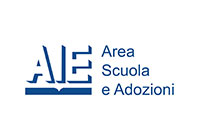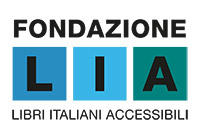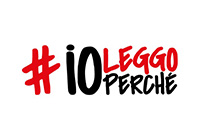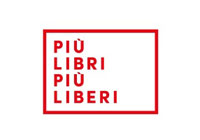 Children's books probably represents the sector of Italian publishing with the widest international success.
Children's books probably represents the sector of Italian publishing with the widest international success.
The orientation towards foreign markets originates from a variety of factors. In the first place the domestic market cannot be the sole outlet. Although the book market for children from 6 to 17 years is growing, both in terms of reading figures (+17%) and turnover (accounting for 14% of sales in trade channels), there remain obvious limits. The demographic data is striking: in Italy in 1975 there were 14.5 million under-20s and 9.6 million over-60s. In 2030 it is estimated there will be 17.7 million over-60s and 6.9 million under-20s. In addition, even though indexes for reading and acquisition of books among children are growing, they are still in the lowest positions among UE5 countries/markets.
This situation has, from the beginning, pushed publishers of books for children and young people towards initiatives such as co-editions, licencing and joint ventures as well as directly towards international markets. And this has led to an emphasis on project work, innovation and graphical/narrative quality in stories.
These are the reasons which explain why, from 2001 up to today, there has been a reduction and then an overturning of the deficit between purchases and sales of publishing rights in children's publishing. In 2001 1,250 titles were bought and 486 sold; in 2010 1,283 were bought and 1,607 sold (figures for 2011 are still in preparation).
The phenomenon would be even more noticeable if we took into consideration the data relating to co-editions (and packaging activities within the sector), graphical creativity and the presence of Italian illustrators on the international market.
The performance can be attributed to a number of factors. Alongside product/author innovation we can observe the geographical enlargement of the rights market, including through participation in international fairs and trade missions. As Domenico Caputo, from La Coccinella, explains, «we haved always targeted the international market. We didn't only look for innovative and quality products to sell, we also wanted to make them emerge from our own creativity. Having confidence in the quality of our art directors, we developed a series of collaborations with people who went on to become important national and international authors». As Corrado Rabitti of Zoolibri sums it up, «the aim is to produce titles so good that we can sell the rights abroad».
The figures indicate another characteristic of Italian children's publishing: a stability in the acquisition of foreign rights, which remains significant. The curiosity and attention of Italian publishers (and their readers) with regard to what is being published abroad are still intact.
L'autore: Giovanni Peresson
Mi sono sempre occupato di questo mondo. Di editori piccoli e grandi, di libri, di librerie, e di lettori. Spesso anche di quello che stava ai loro confini e a volte anche molto oltre. Di relazioni tra imprese come tra clienti: di chi dava valore a cosa. Di come i valori cambiavano in questi scambi. Perché e come si compra. Perché si entra proprio in quel negozio e si compra proprio quel libro. Del modo e dei luoghi del leggere. Se quello di oggi è ancora «leggere». Di come le liturgie cambiano rimanendo uguali, di come rimanendo uguali sono cambiate. Ormai ho raggiunto l'età per voltarmi indietro e vedere cosa è mutato. Cosa fare da grande non l'ho ancora perfettamente deciso. Diciamo che ho qualche idea. Viaggiare, anche se adesso è un po' complicato. Intanto continuo a dirigere l'Ufficio studi dell'Associazione editori pensando che il Giornale della libreria ne sia parte, perché credo sempre meno nei numeri e più alle storie che si possono raccontare dalle pagine di un periodico e nell'antropologia dei comportamenti che si possono osservare.
Guarda tutti gli articoli scritti da Giovanni Peresson

















